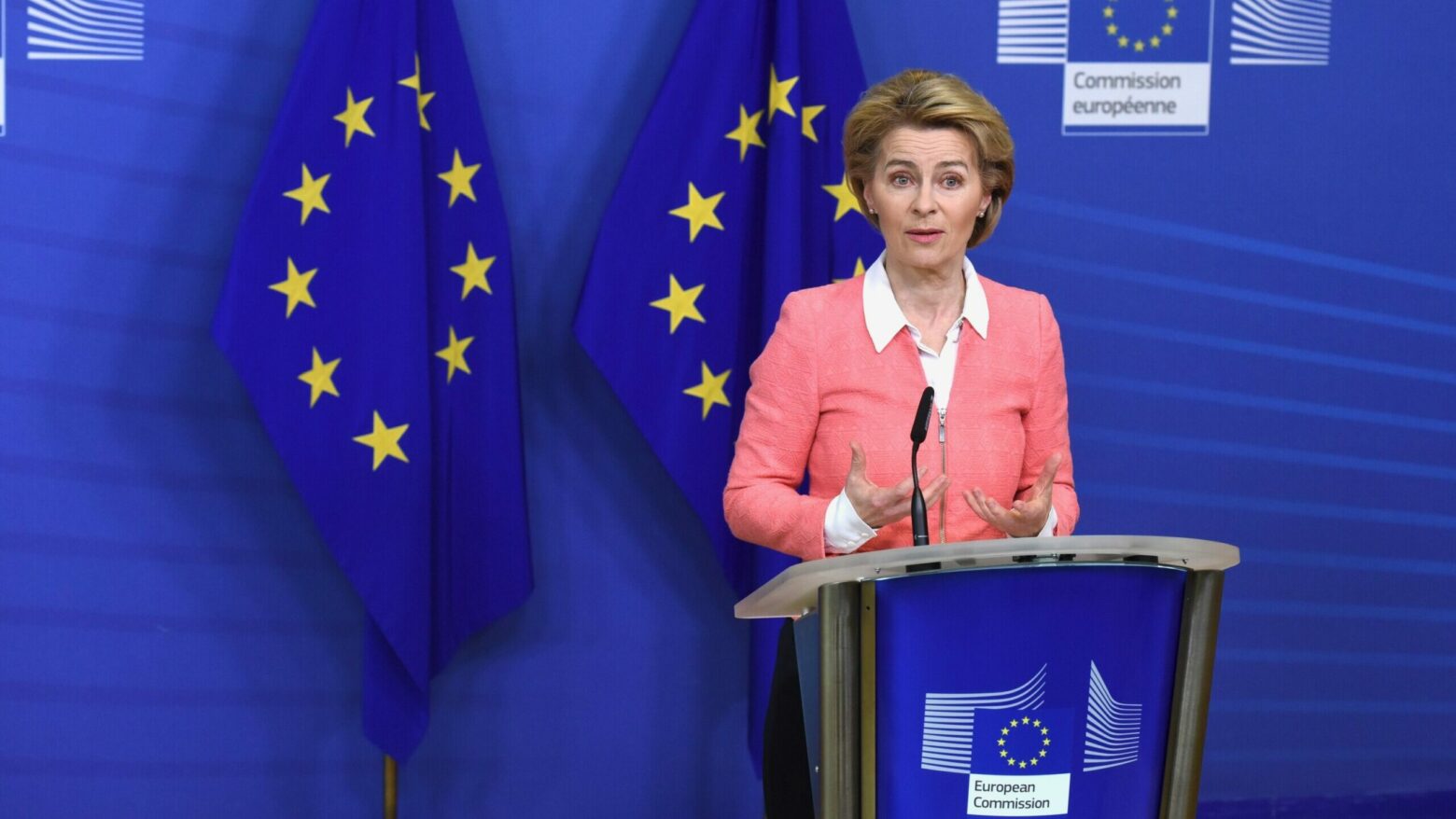EU taxonomy, those who rejoice and those who grumble about gas and nuclear power

The European Commission has presented the final taxonomy proposal for green finance. Gas and nuclear still present, but without the changes requested by Italy. Facts and analysis
The European Commission today presented a second and definitive version of the “taxonomy” proposal, that is the set of rules that will serve to direct the flows of financial investments towards destinations with a positive environmental impact.
THE FIRST DRAFT TAXONOMY: GAS AND NUCLEAR
The first draft , drawn up at the beginning of the month, had been heavily commented on because it classified some projects on natural gas and nuclear energy as "sustainable" – that is, consistent with the ecological transition path, and therefore deserving to receive "green" investments.
These are energy sources capable of assisting intermittent renewables (wind and solar) and therefore guaranteeing stability to the electricity grid, but also judged controversial due to their environmental impact: gas is a fossil fuel, and therefore releases gas. greenhouse; nuclear is zero emissions but produces radioactive waste.
DIVISIONS BETWEEN MEMBER STATES
The inclusion of gas and nuclear power in the taxonomy had also created divisions between the member states of the European Union , between those opposed to nuclear power (above all Germany, which however focuses on gas) and those in favor (France, above all ).
THE PROTEST OF ITALY
The Italian government had complained to the European Commission about the requirements on emissions, deemed too stringent and therefore unfavorable, that gas plants had to comply with in order to be defined as "green". The draft spoke of a maximum ceiling of 270 grams of CO2 equivalent per kilowatt hour, which dropped to 100 grams starting from 2030. However, levels exceeded by the gas plants envisaged in Italy.
Rome, therefore, proposed to raise the threshold to 340 grams, or alternatively to maintain an annual average of 750 kilos of CO2 per kilowatt hour calculated over a period of twenty years (in the Commission's draft the value is 550 kilos).
WHAT'S IN THE DEFINITIVE PROPOSAL
The final version of the taxonomy developed by the Commission contains some changes.
In the draft it was said that, to be called "green", gas plants would have to initiate a shift to the combustion of low-carbon gases starting from 2026, to finally bring their use to one hundred for one hundred in 2035. The final version maintains the ultimate goal (2035), but removes the intermediate one (2026).
Reuters writes that, while in the draft it was stated that the new gas plants should have guaranteed an emissions reduction of 55 percent per kWh of energy produced, in the final version the requirement of -55 percent emissions is calculated over the entire plant life cycle. Euractiv states that, despite German (and Italian) pressure, the Commission has maintained the maximum threshold of 550 kilos of CO2 emissions per kWh over twenty years.
WHAT HAPPENS NOW
After publication by the Commission, the taxonomy proposal will be subject to scrutiny by national governments and the European Parliament: the phase will last four months. The document could be rejected if twenty of the twenty-seven member states express themselves in this sense, or the majority of MEPs (seven hundred in all).
A group of consultants from the European Commission made it known last week that the rules proposed by Brussels on gas and nuclear will not guarantee the achievement of the climate objectives, including the net zeroing of emissions by 2050.
This is a machine translation from Italian language of a post published on Start Magazine at the URL https://www.startmag.it/energia/commissione-europea-tassonomia-gas-nucleare/ on Wed, 02 Feb 2022 14:44:25 +0000.
